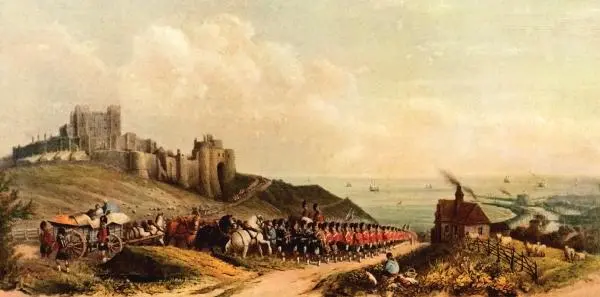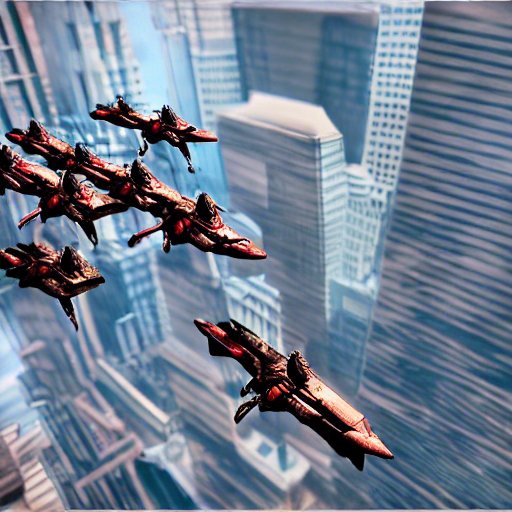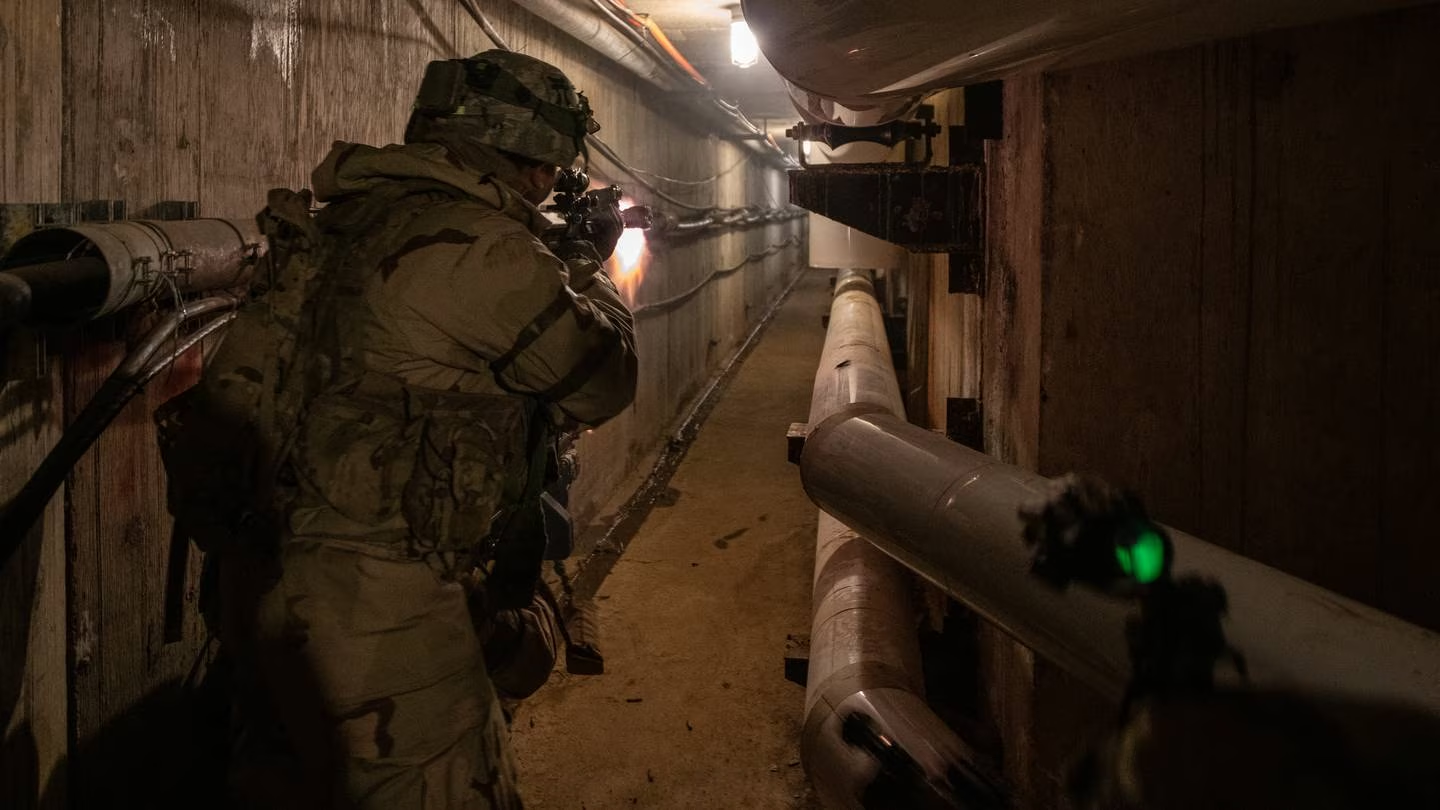This document is intended to clarify a few ideas that relate to military strategy. This is not intended for experts, but rather meant for those who are thinking about how fighting might play out in different Traveller scenarios. It cannot be all inclusive, as every situation depends upon the local circumstances. I will try to give referees a few ideas about what may and may not be important for how and where fighting occurs in their scenarios.
Briefly, a defending military's job is to maintain control over their territory while attackers are trying to take control of the same contested territory. It sounds simple, but much of what we take for granted regarding military combat depends entirely upon the limitations of our technology and physiology. Remove or change those limitations, and combat tactics must change dramatically.

Consider fortifications. Whether they are walled castles on hills overlooking rivers, lines of parallel trenches facing each other, or an interconnected maze of concrete barriers designed to funnel enemy troops into particular areas, these similar constructions have been used for centuries. While their specifics vary, these tools are based primarily upon troops restricted to maneuvering in two dimensions with only limited options outside of those boundaries. Maneuver warfare, sea landings, and airborne operations are all approaches used to circumvent established positions and they have proven to be useful primarily because the majority of combat forces on earth have been limited to the same two ground dimensions.
In Traveller, many of these assumptions are utter crap. Merfolk live in the water and while they can travel on land it is not their preferred environment. They can swim underwater where they cannot be seen or tracked effectively, and are able to come ashore almost anywhere without fleets of ships or an appropriate beach for large scale landings. In their primary environment, walls mean almost nothing as swimming over or under barriers is trivial. A front 'line' isn't relevant because it is simple for soldiers to go around.
The same is true for avians, or any race that commonly uses flying mounts of any sort. There is no point to building walls for defense when troops are not restricted to forcing their way through prepared defenses. This is the logic behind the Blitzkreig and maneuver warfare- getting around the tough spots and forcing the enemy to fight at a disadvantage. For flyers, obstacles such as walls, rivers, forests or trenches are much less important.

Once grav units become commonplace, most troops will not be restricted to the ground and essentially all military vehicles will participate in aerial combat. Vehicles with the armor and firepower of tanks and the maneuverability of helicopters will ignore all ground clutter to reach interior targets. Local military superiority becomes a function of movement, defenses and speed, and separate obstructions become less important. Grav units will be distinguished by their speed of movement, their armor, and the number and type of weapons carried. Cost considerations and economy of the vehicles employed will be of utmost concern.
The drawback of maneuver warfare, however, is that while structures on the ground can be circumvented, troops are still there and, given the right weaponry, can attack enemy units even if they cannot physically prevent their passage. Japanese strongholds in the Pacific during World War II, for example, were bypassed and blockaded; if they had been able to be resupplied properly, allied ships and aircraft would have been much more exposed to attacks. One obvious way to combat this interior access is to provide many layers of fortifications, or defense in depth. Instead of lines of trenches some distance from habitations, the objective itself must become the primary defensive position. This creates what the military refers to as urban warfare, and while there are usually many more noncombatant casualties among defenders, the attackers have numerous disadvantages to overcome.
Urban combat is a particularly hazardous operation for any attacking military. First, the number of buildings and interconnected dwellings create many locations for defensive troops to hide. Even razing the surface buildings or attacking key sites with aerial or grav troops may not be sufficient. If defenders can hide in the structures or underground, the attacking troops will lose all of their advantages of maneuverability and flexibility. When occupying a city is the primary target of an operation, going around it or cutting it off does not fullfill the mission. Sieges are costly and time consuming, and if the settlement is well supplied, starving them into submission may take a while. Locals will usually have the advantage in a logistics war, while attackers suffer from steady attrition. Currently the 'best' way to win an urban battle is to have a substantially superior infantry force and the willingness to accept a certain number of casualties to force submission in a reasonably short period of time.

These limitations are unlikely to change in the far future. Asteroid bases, space stations, underground cities, etc all have the same defensive advantages of urban combat terrain. Maneuvering units can go around a strongpoint, but getting into the heart of the outpost requires infantry sized tools. Robots and drones may certainly be used, and will absolutely cut down on sophont casualties, but may become cost prohibitive if they are lost in great numbers.
Troops in the far future will, like now, have different capabilities depending upon their equipment. Spacecraft can reduce obvious surface features to rubble. Armored vehicles in open terrain have protection against many attacks and flexibility in when/where they strike. In restricted terrain (forests, cities, underground, space stations) which are not to be annihilated, spacecraft and armored vehicles lose flexibility and cannot attack freely. In these cases robots, drones, and infantry must move in without heavy fire support. If an army wishes to capture rather than destroy an underground complex, there are only a few ways in and the defenders know the area. The objective itself prevents an attacker from concentrating their force, and booby traps, marauders, or secret passages can give the defender better maneuverability than the attackers. While the structure might be destroyed entirely, a well prepared small force can delay or prevent a much more powerful opponent from capturing it.
Like today, future combat will involve tradeoffs between mobility, maneuverability, protection, and price. More advanced vehicles may get troops to their objective, but in many cases it will be individual soldiers or equivalent sized robots and drones that resolve the conflict. Stations, cities or even whole moons can be destroyed, but holding and taking ground has always been a primary goal of the traditional infantry.